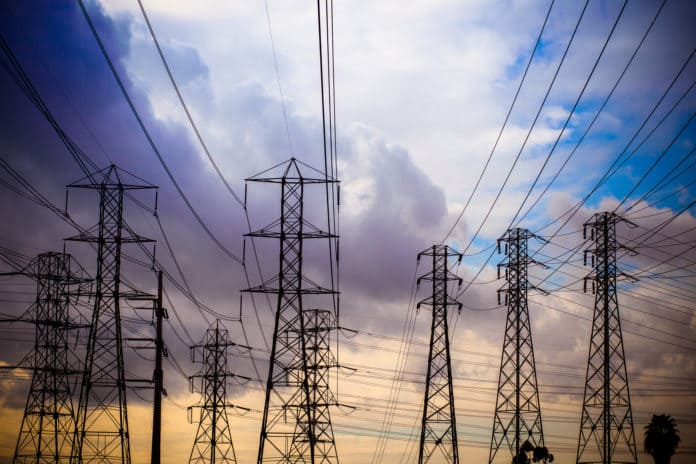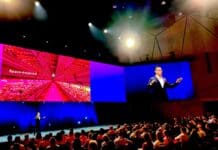The predictive data insights that defines the Internet of Things is helping a small but growing number of businesses prevent issues before they happen.
Electric utilities in the U.S. for example are already upgrading to the smart-grid technology with support from the federal government, and at least one company plans to service the industry with the help of Germany’s Siemens AG.
Darktrace recently announced an agreement to help fast track the roll out of its proprietary technology that could help utilities and the oil and gas industry to “detect and remediate in-progress cyber-threats at their nascent stages.”
The end purpose of IoT-driven technologies seems to be the same: to help businesses drive efficiency and lower costs, and electric utilities are no different. Instead of having to deploy a field technicians to diagnose a problem, utilities would rather invest now so they could have the necessary data at their fingertips to prevent problems in the future.
The founder and chief strategic officer of a company that helps businesses conduct predictive maintenance told Forbes that sensors and real-time monitoring was helping the field service industry.
“In many cases, we are still seeing pilots and experiments but there are certain companies that are moving beyond that,” ServiceMax’s Athani Krishna told Forbes.
ServiceMax’s Internet of Things-driven cloud service management platform, in partnership with PTC, helps clients receive clues on what needs to be adjusted and roll out patches remotely.
Healthcare equipment manufacturer Medivators, which uses ServiceMax’s Connected Field Services solutions, said it saw a decrease in the number of times it had to dispatch a field technician because it could diagnose and correct problems remotely.
“Now they have the window into what might be happening they are able to better diagnose issues remotely, and send out a software patch or a fix without having to roll out a truck to fix it,” Krishna said.
The “connected” strategy might not necessarily be for everyone, though. “Making a leap … to a connected strategy is a big leap – so companies take multiple shots to get to a modernized, centralized platform where you’re automating workflows and capturing all the information digitally,” Krishna elaborated, adding: “You still run into companies which have dozens if not hundreds of technicians and the organization is still essentially being run on pen, paper and fax.”


















